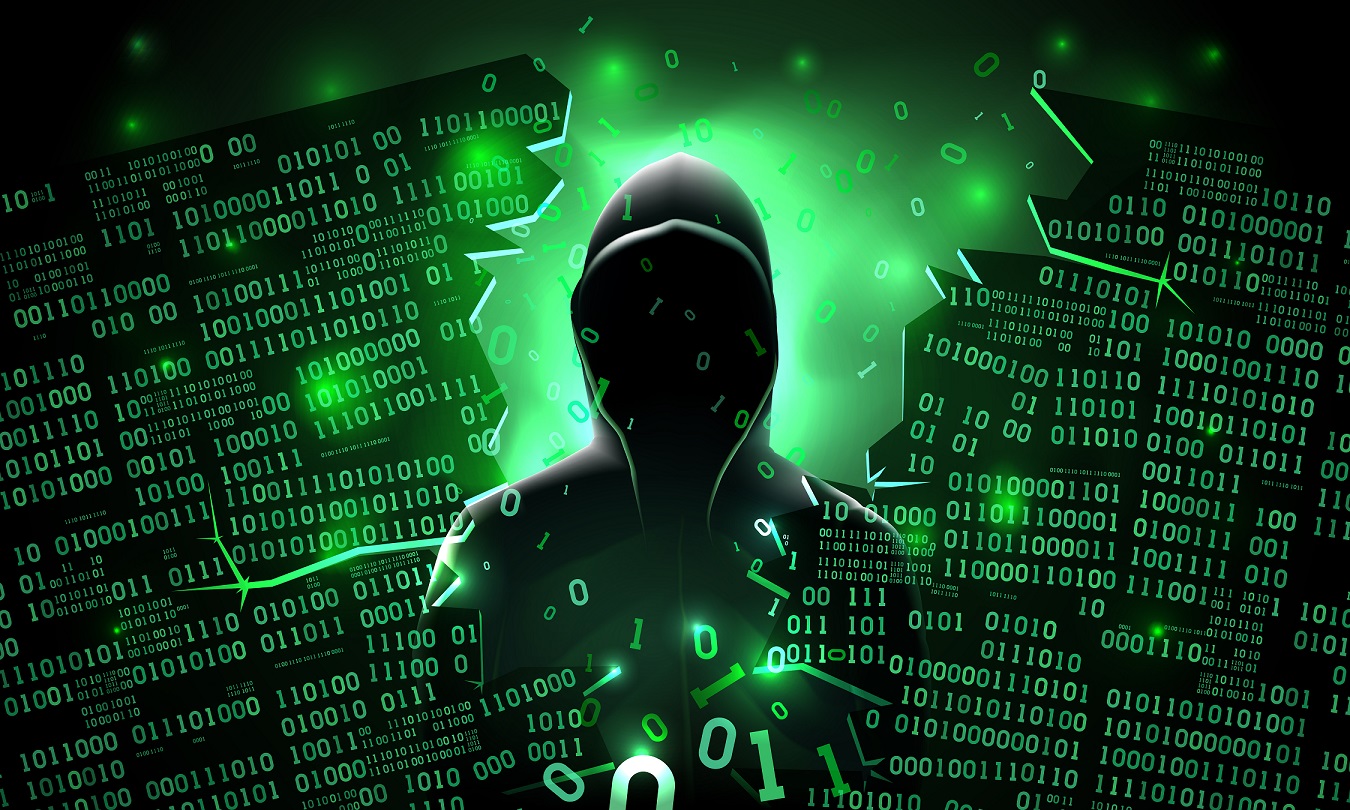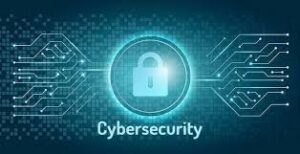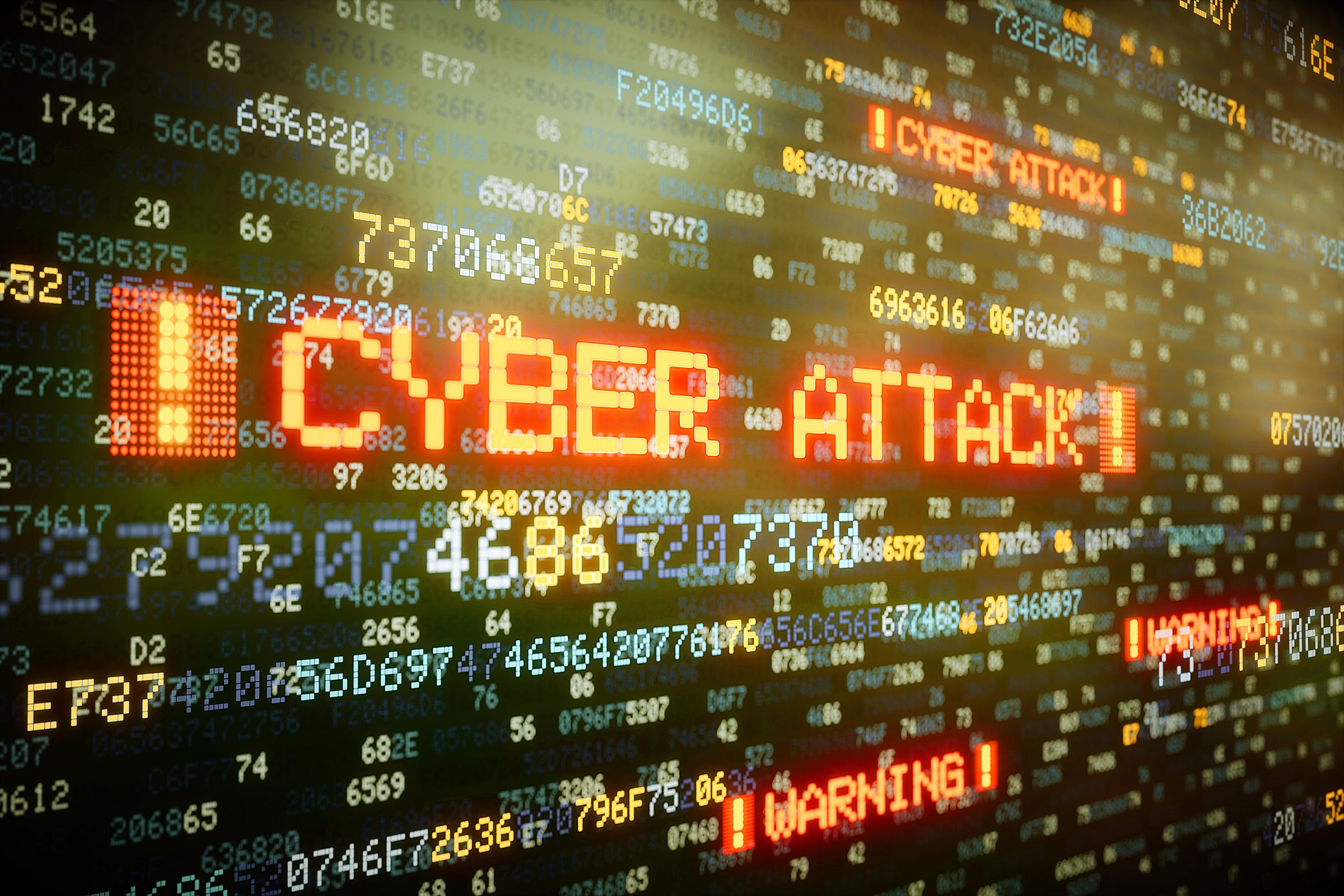
In today’s digitally-driven world, the importance of cybersecurity cannot be overstated. From personal data to corporate secrets, the digital realm is a treasure trove of information that malicious actors constantly seek to exploit. Understanding cybersecurity and implementing robust measures is crucial for individuals and organizations alike.
Table of Contents
ToggleWhat is Cybersecurity?
Cybersecurity refers to the practice of protecting systems, networks, and programs from digital attacks. These cyberattacks are usually aimed at accessing, changing, or destroying sensitive information, extorting money from users, or interrupting normal business processes.
Why is Cybersecurity Important?
The significance of cybersecurity is highlighted by the increasing frequency and sophistication of cyber threats. A successful cyberattack can lead to significant financial losses, legal ramifications, and reputational damage. For individuals, it can result in identity theft and privacy violations. For businesses, it can disrupt operations, lead to data breaches, and result in the loss of customer trust.
Common Cyber Threats
- Malware: Malicious software such as viruses, worms, and ransomware designed to damage or disrupt systems.
- Phishing: Fraudulent attempts to obtain sensitive information by disguising as a trustworthy entity.
- Man-in-the-Middle (MitM) Attacks: Interceptions of communication between two parties to steal or manipulate data.
- Denial-of-Service (DoS) Attacks: Flooding a network with traffic to overwhelm and disrupt services.
- SQL Injection: Inserting malicious code into a database query to access and manipulate data.
Key Components of Cybersecurity
1. Network Security
Protects the integrity and usability of your network and data. It involves implementing firewalls, anti-virus software, and intrusion detection systems.
2. Information Security
Ensures the confidentiality, integrity, and availability of data. This includes data encryption, access controls, and information rights management.
3. Endpoint Security
Secures end-user devices such as computers, smartphones, and tablets. This is achieved through anti-virus software, anti-malware tools, and device management solutions.
4. Application Security
Protects applications by ensuring that security is considered during the development lifecycle. This includes secure coding practices, testing, and ongoing monitoring.
5. Cloud Security
Involves protecting data and applications in the cloud. This includes understanding the shared responsibility model, implementing encryption, and utilizing secure access controls.
6. Identity and Access Management (IAM)
Ensures that the right individuals access the right resources at the right times for the right reasons. This involves user authentication, authorization, and audit logging.
Best Practices for Enhancing Cybersecurity
1. Regular Software Updates
Keep your software and systems up to date with the latest security patches and updates to protect against known vulnerabilities.
2. Strong Password Policies
Use strong, unique passwords and change them regularly. Implement multi-factor authentication (MFA) to add an extra layer of security.
3. Employee Training
Educate employees about cybersecurity best practices, including recognizing phishing attempts and the importance of secure passwords.
4. Data Backup
Regularly back up your data and ensure that backups are stored securely. This helps in data recovery in case of a ransomware attack or other data loss incidents.
5. Implement Security Policies
Develop and enforce comprehensive security policies that cover acceptable use, data protection, and incident response.
6. Conduct Regular Security Audits
Regularly assess your security posture through audits and vulnerability assessments to identify and address potential weaknesses.
The Future of Cybersecurity
As technology evolves, so do cyber threats. The rise of artificial intelligence, the Internet of Things (IoT), and 5G technology presents new challenges and opportunities in cybersecurity. Future trends include:
- AI and Machine Learning: Enhancing threat detection and response capabilities.
- Zero Trust Security: Assuming no trust by default and continuously verifying every request.
- Quantum Computing: Addressing the potential threats and opportunities posed by quantum computing.
- Blockchain Technology: Leveraging blockchain for secure transactions and data integrity.
Cybersecurity is a critical component of our digital lives. By understanding the threats and implementing robust security measures, individuals and organizations can protect their valuable information and ensure the safe and reliable operation of their systems. Stay informed, stay vigilant, and prioritize cybersecurity to safeguard your digital world.

Types of cyber security
1. Network Security
Network security involves protecting the integrity, confidentiality, and availability of data as it is transmitted across or accessed via networks. Key components include:
- Firewalls: Tools that filter incoming and outgoing traffic based on security rules.
- Intrusion Detection Systems (IDS) and Intrusion Prevention Systems (IPS): Systems that monitor network traffic for suspicious activity and take action to prevent threats.
- Virtual Private Networks (VPNs): Secure connections over public networks.
2. Information Security
Information security focuses on protecting data from unauthorized access, modification, or destruction. It includes:
- Encryption: Encoding data to ensure that only authorized parties can read it.
- Access Controls: Restricting access to information based on user roles.
- Data Loss Prevention (DLP): Strategies to prevent unauthorized data transfer.
3. Endpoint Security
Endpoint security involves securing end-user devices such as computers, smartphones, and tablets. Key tools include:
- Antivirus and Anti-Malware Software: Programs that detect and remove malicious software.
- Endpoint Detection and Response (EDR): Tools that provide continuous monitoring and response capabilities for endpoint devices.
- Mobile Device Management (MDM): Solutions that manage and secure mobile devices.
4. Application Security
Application security focuses on keeping software and devices free from threats. This is especially important as applications are often targets for hackers. Techniques include:
- Secure Coding Practices: Writing code that is resilient to attacks.
- Application Firewalls: Tools that control input, output, and access to and from applications.
- Regular Security Testing: Conducting vulnerability assessments and penetration testing.
5. Cloud Security
Cloud security involves protecting data, applications, and infrastructures involved in cloud computing. It includes:
- Data Encryption: Protecting data stored and processed in the cloud.
- Identity and Access Management (IAM): Ensuring that only authorized users can access cloud resources.
- Compliance Management: Ensuring that cloud services comply with regulatory requirements.
6. Identity and Access Management (IAM)
IAM focuses on ensuring that the right individuals access the right resources at the right times for the right reasons. Key components include:
- User Authentication: Verifying user identities before granting access.
- Authorization: Determining what an authenticated user is allowed to do.
- Single Sign-On (SSO): Allowing users to access multiple applications with one set of credentials.
- Multi-Factor Authentication (MFA): Adding additional verification steps to user logins.
7. Operational Security
Operational security (OpSec) encompasses processes for handling and protecting data assets. It involves:
- Incident Response: Plans and procedures for responding to security breaches.
- Disaster Recovery: Strategies to recover data and restore system functionality after an attack.
- Security Information and Event Management (SIEM): Tools for real-time analysis of security alerts generated by network hardware and applications.
8. Physical Security
Physical security involves protecting hardware, software, and data from physical actions and events. Key aspects include:
- Access Controls: Physical barriers such as locks and biometric scanners.
- Surveillance: Monitoring premises using cameras and security personnel.
- Environmental Controls: Protecting against environmental threats like fire, flood, and temperature extremes.
9. Security Awareness Training
Security awareness training educates employees and users about cybersecurity best practices and how to recognize potential threats. It includes:
- Phishing Simulations: Training employees to recognize and avoid phishing attempts.
- Regular Updates: Keeping staff informed about the latest threats and security measures.
10. Compliance and Governance
Compliance and governance ensure that an organization’s cybersecurity measures adhere to laws, regulations, and standards. It includes:
- Regulatory Compliance: Meeting requirements such as GDPR, HIPAA, and PCI-DSS.
- Policy Development: Creating security policies and procedures.
- Auditing and Monitoring: Regularly reviewing and assessing security measures.
11. Threat Intelligence
Threat intelligence involves gathering and analyzing information about current and potential cyber threats. Key components include:
- Threat Monitoring: Continuously watching for new and emerging threats.
- Threat Analysis: Understanding and anticipating potential attacks.
- Threat Sharing: Collaborating with other organizations and security communities to share information about threats.
12. IoT Security
IoT security focuses on protecting Internet of Things devices and networks. This involves:
- Device Authentication: Ensuring that only authorized devices can connect to networks.
- Data Encryption: Protecting data transmitted between IoT devices.
- Firmware Updates: Regularly updating device firmware to patch vulnerabilities.
7 Essential Cybersecurity Measures for Protecting Your Digital Assets
In today’s increasingly interconnected world, safeguarding your digital assets is more important than ever. Here are seven essential cybersecurity measures that every individual and organization should implement to protect against cyber threats.
1. Strong Password Policies
Passwords are often the first line of defense against unauthorized access. Implementing strong password policies is crucial for enhancing security.
- Use Complex Passwords: Encourage the use of passwords that are at least 12 characters long and include a mix of letters, numbers, and special characters.
- Unique Passwords for Different Accounts: Avoid reusing passwords across multiple accounts to minimize the risk if one is compromised.
- Regular Password Updates: Mandate regular password changes, particularly for accounts with access to sensitive information.
2. Multi-Factor Authentication (MFA)
Adding an extra layer of security, MFA requires users to verify their identity using two or more authentication methods.
- Something You Know: A password or PIN.
- Something You Have: A mobile device or hardware token.
- Something You Are: Biometrics like fingerprints or facial recognition.
3. Regular Software Updates and Patch Management
Keeping software up to date is vital for protecting against vulnerabilities that cybercriminals exploit.
- Automated Updates: Enable automatic updates for operating systems, applications, and security software.
- Patch Management: Regularly apply patches for known vulnerabilities to reduce the risk of exploitation.
4. Data Encryption
Encrypting data ensures that even if it is intercepted or accessed without authorization, it remains unreadable.
- Encrypt Sensitive Data: Use encryption for sensitive data both at rest and in transit.
- Secure Communication Channels: Implement secure protocols like HTTPS, SSL/TLS for data transmission.
5. Regular Backups
Regularly backing up data ensures that you can quickly recover in the event of data loss, corruption, or a ransomware attack.
- Automated Backup Solutions: Use automated backup solutions to ensure regular backups without manual intervention.
- Offsite and Cloud Backups: Store backups in multiple locations, including offsite and cloud storage, to protect against physical damage or theft.
6. Employee Training and Awareness
Human error is a significant factor in many security breaches. Educating employees about cybersecurity best practices is essential.
- Phishing Awareness: Train employees to recognize and report phishing attempts.
- Security Policies: Regularly update and enforce security policies regarding the use of devices, access controls, and data handling.
- Simulated Attacks: Conduct regular simulated attacks (e.g., phishing simulations) to test and improve employee readiness.
7. Incident Response Plan
Having a well-defined incident response plan allows for quick and effective action in the event of a security breach.
- Preparation: Develop and document an incident response plan that outlines roles, responsibilities, and procedures.
- Detection and Analysis: Implement monitoring tools to detect and analyze potential security incidents.
- Containment, Eradication, and Recovery: Have clear steps for containing the breach, eliminating the threat, and restoring systems to normal operation.
- Post-Incident Review: Conduct a thorough review after an incident to understand what went wrong and how to prevent future occurrences.
Implementing these essential cybersecurity measures can significantly enhance the security posture of individuals and organizations. By adopting strong password policies, multi-factor authentication, regular software updates, data encryption, regular backups, employee training, and a robust incident response plan, you can protect your digital assets from a wide range of cyber threats. Stay proactive and vigilant in the ever-evolving landscape of cybersecurity to ensure the safety and integrity of your digital world


